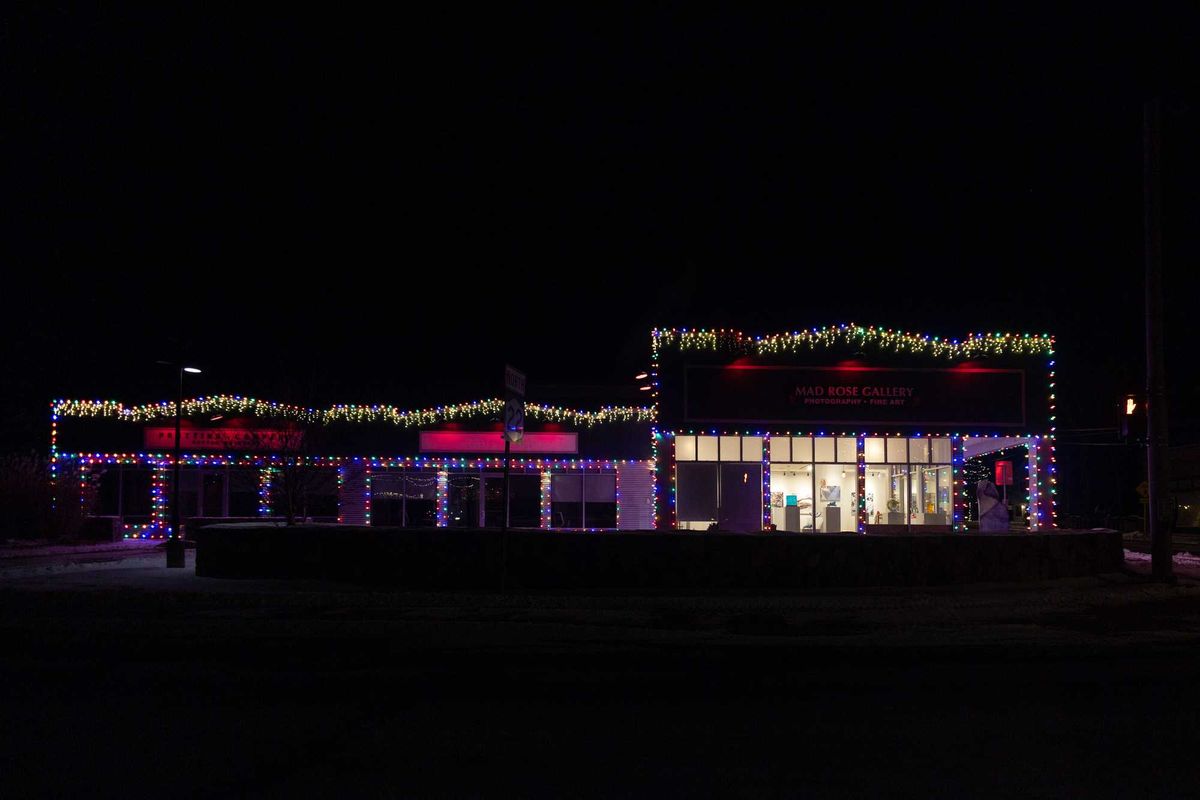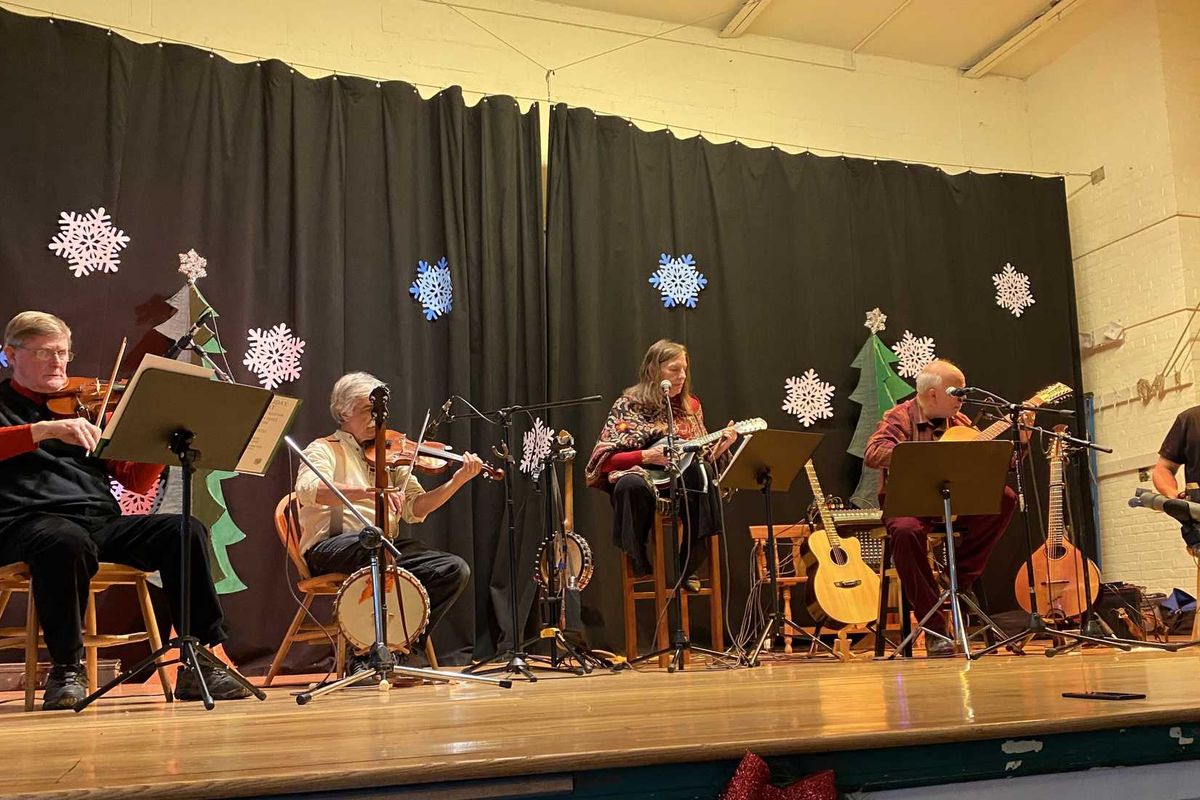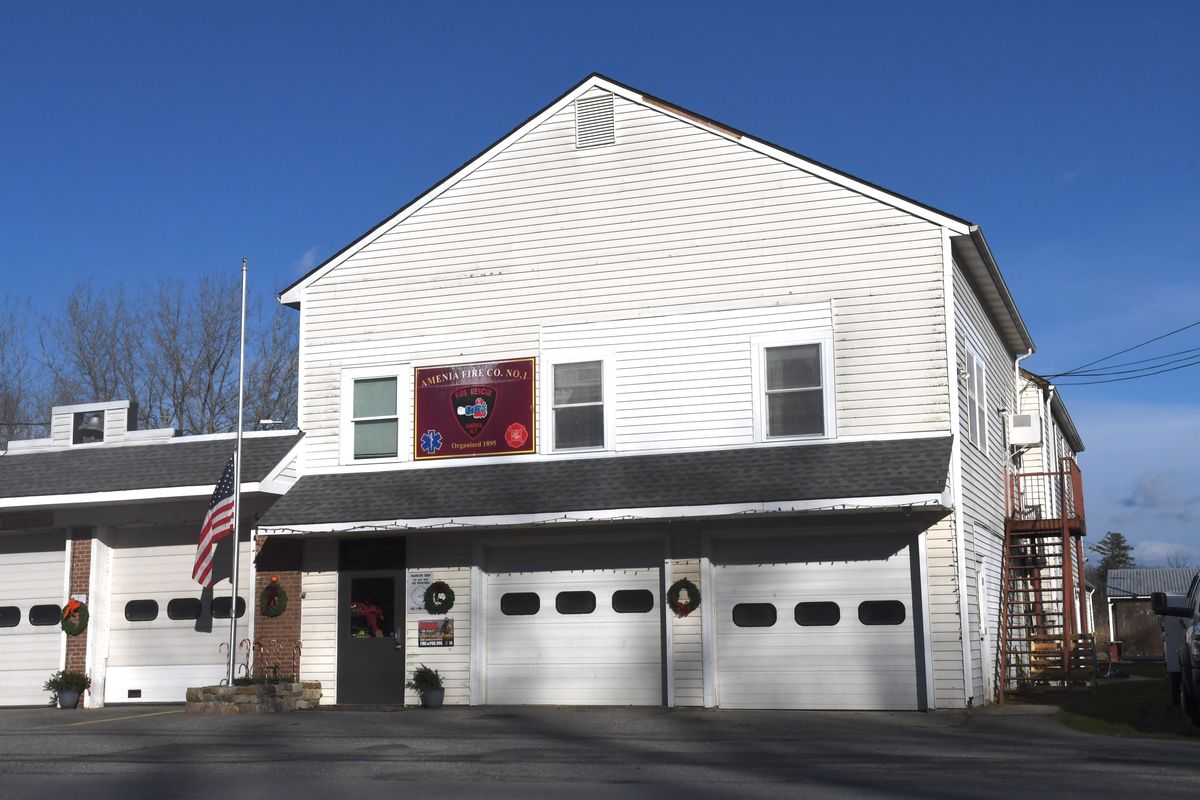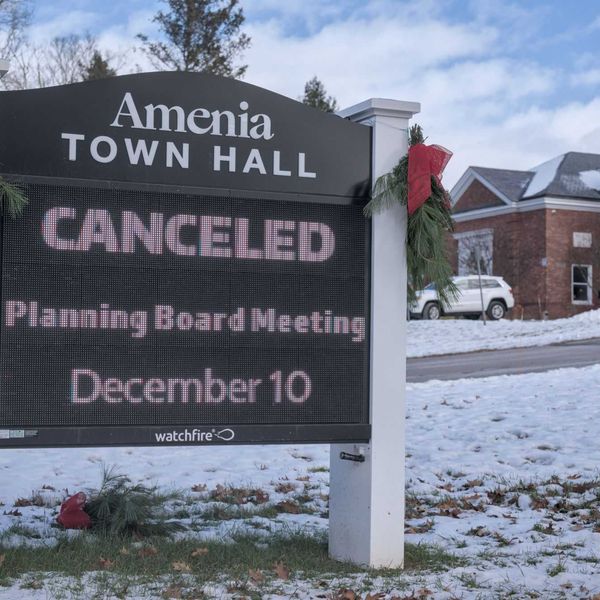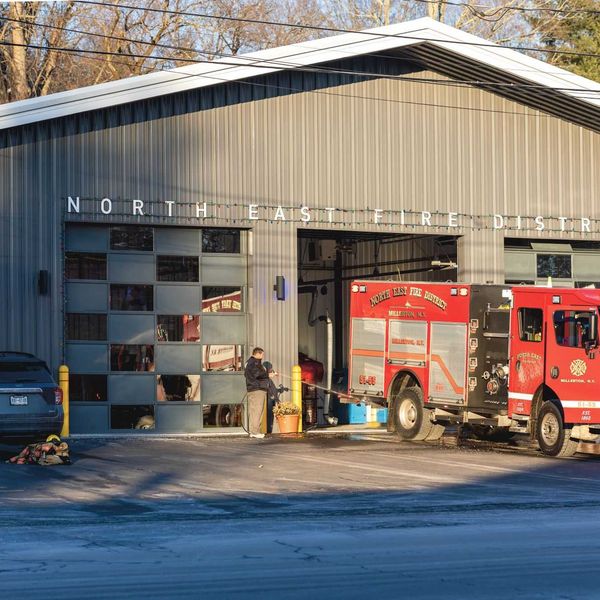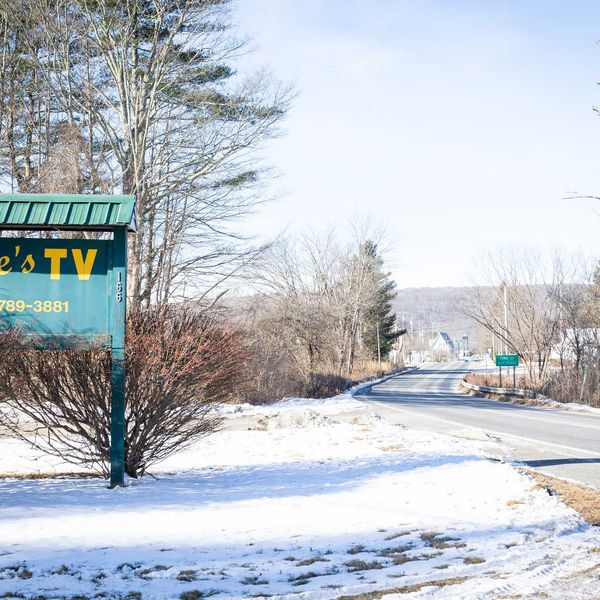Acknowledging Mohicans: Indigenous Land Back movement touches Copake
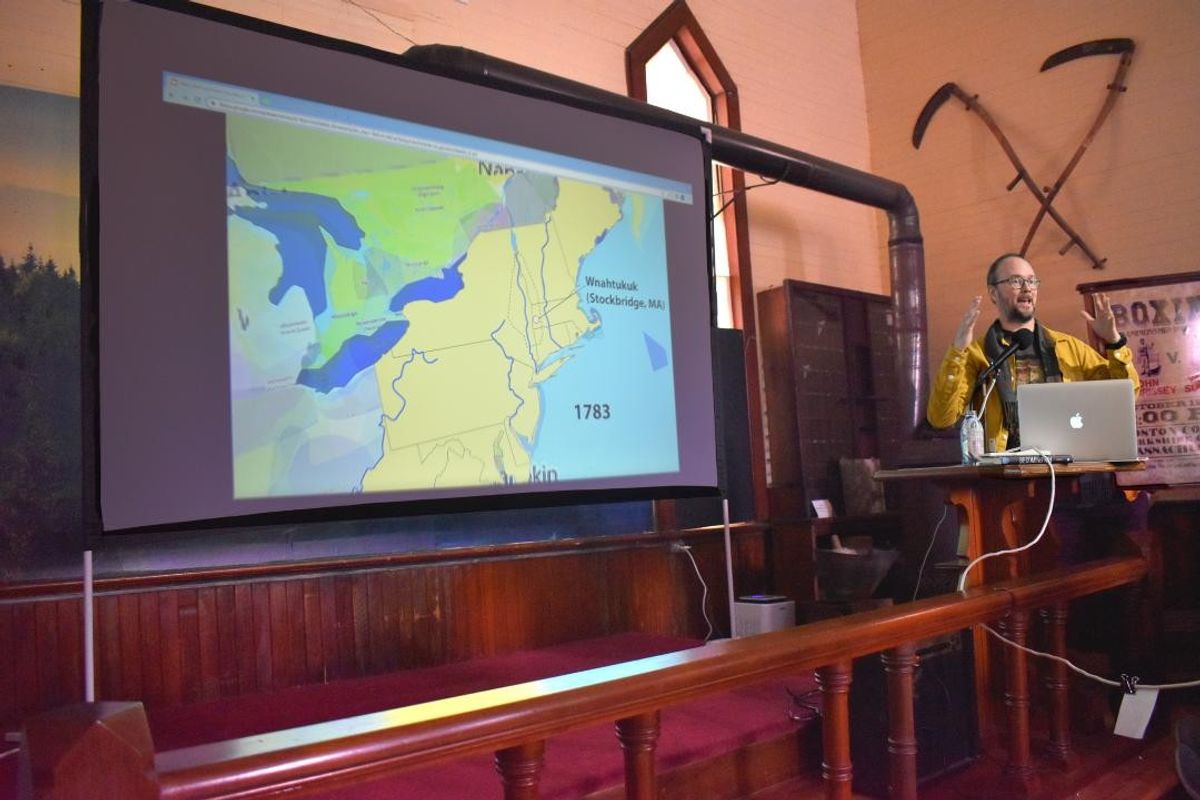
Bradley Pitts, Chair of the Mohican Allyship Committee of the Copake Town Board, shows a slide demarcating the Mohican ancestral homelands during his lecture, “Mohican Heritage: Past, Present, and Future,” at the Roeliff Jansen Historical Society in Copake Falls on March 17.
L. Tomaino


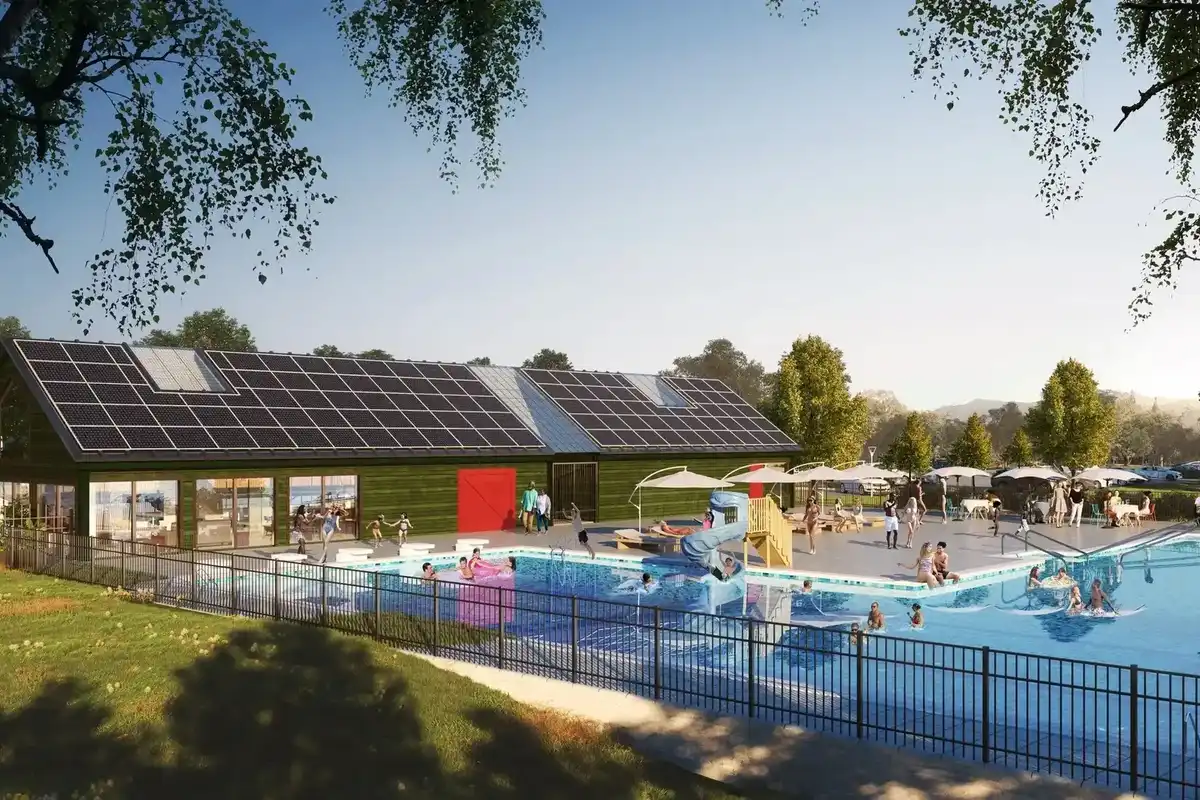
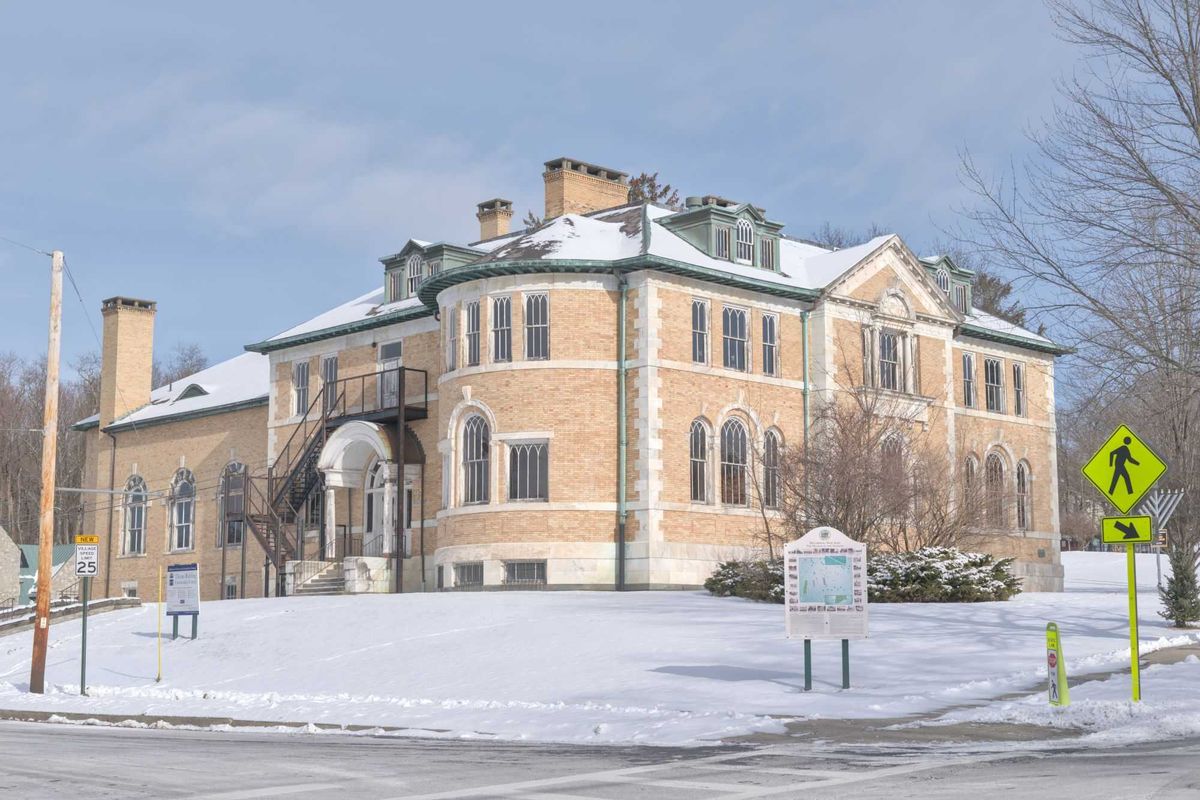
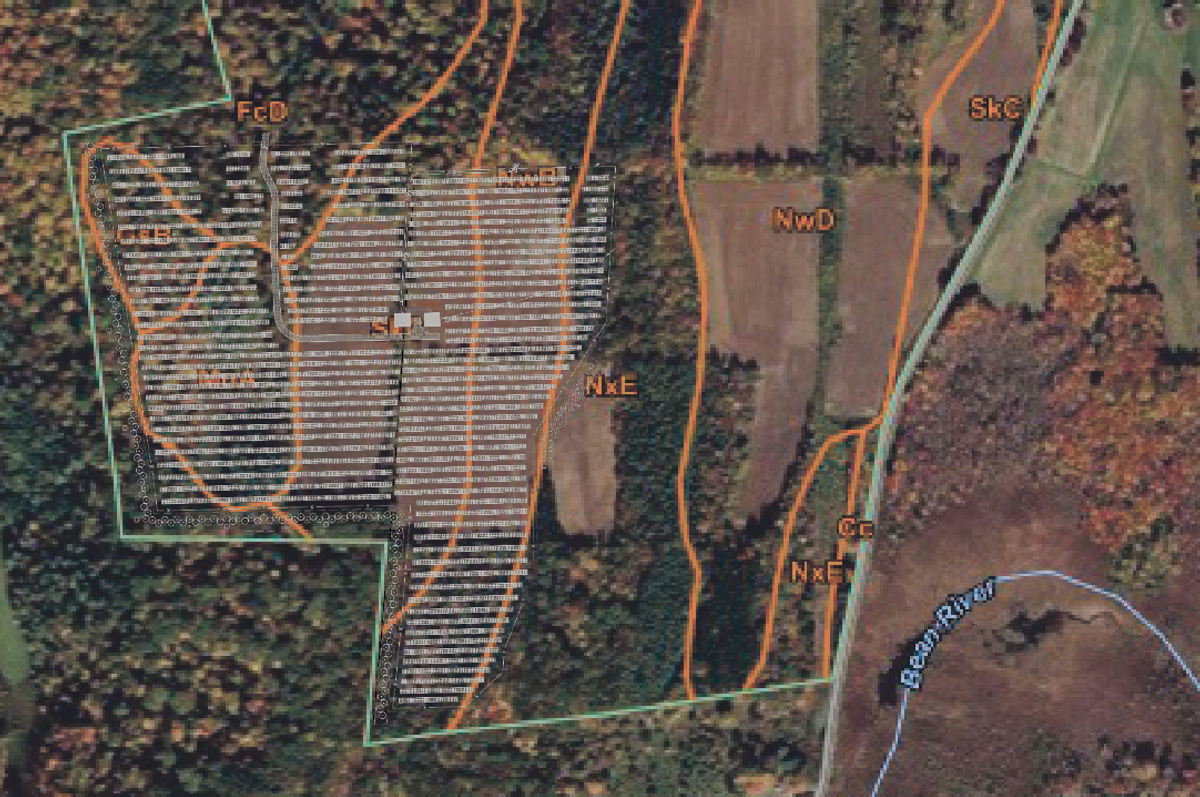
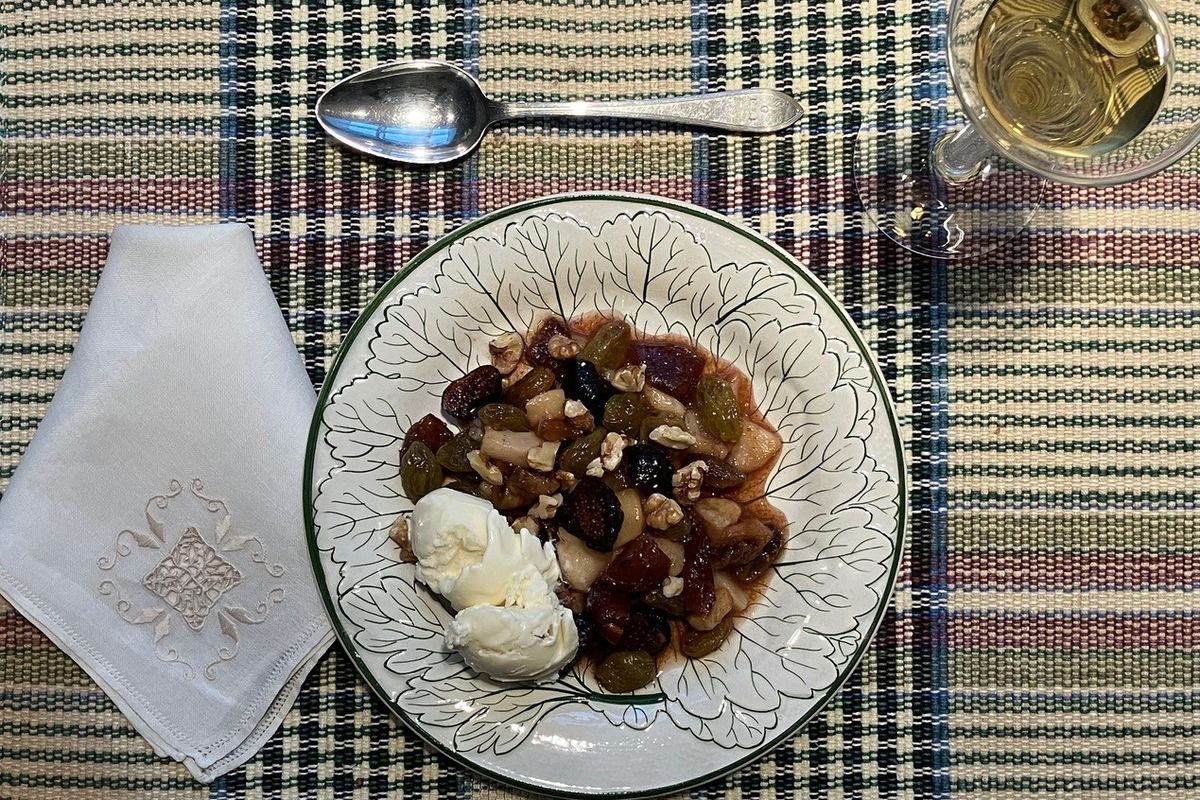
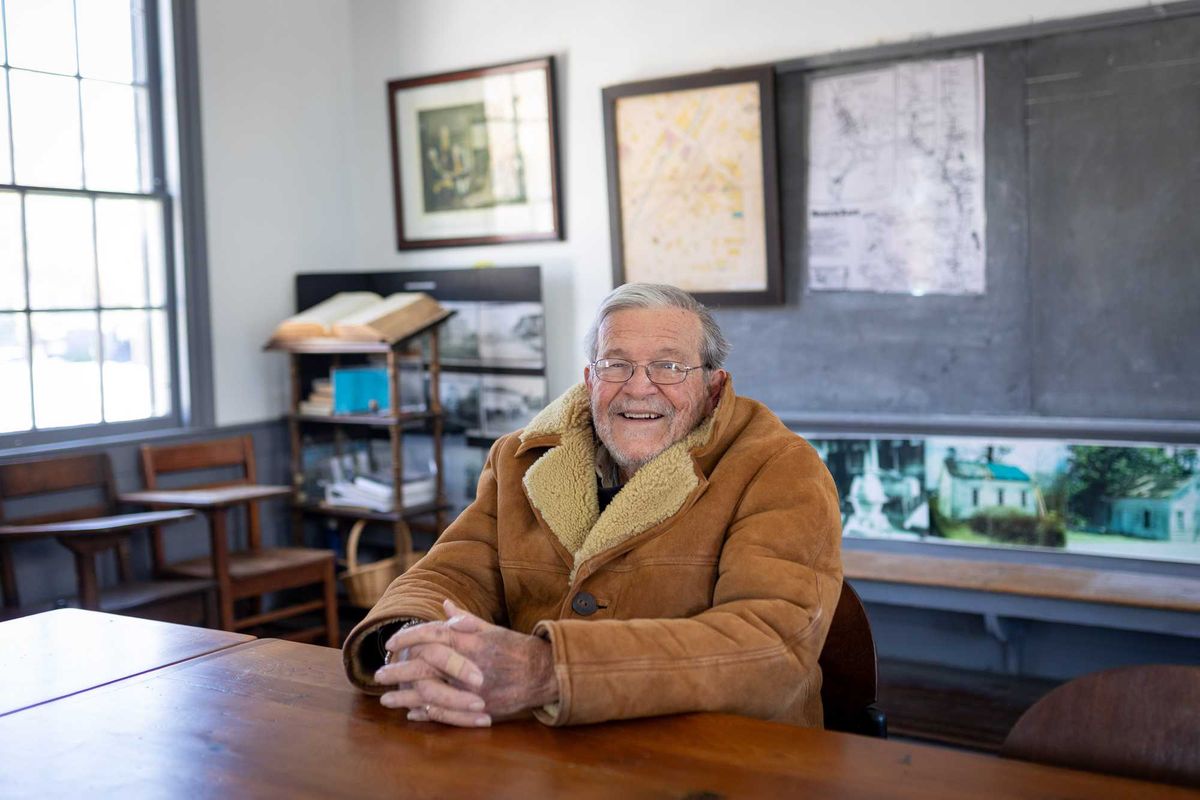
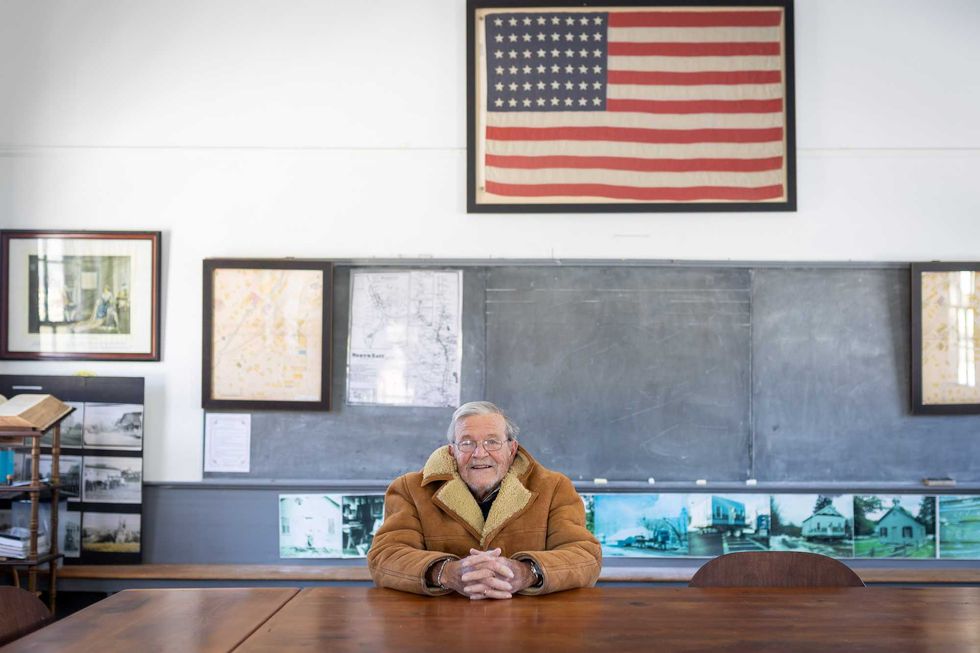 Ralph Fedele sits at a table in the historic Irondale Schoolhouse in downtown Millerton. Fedele led the effort to renovate and relocate the schoolhouse to the center of the village.Photo by Aly Morrissey
Ralph Fedele sits at a table in the historic Irondale Schoolhouse in downtown Millerton. Fedele led the effort to renovate and relocate the schoolhouse to the center of the village.Photo by Aly Morrissey